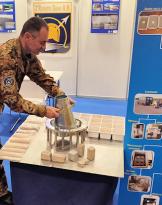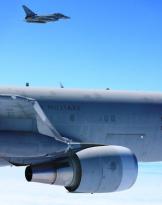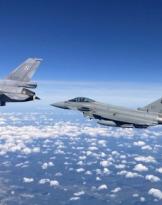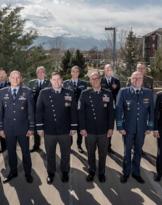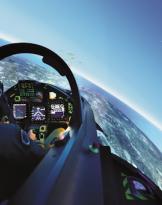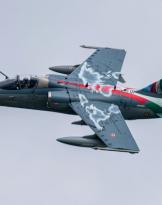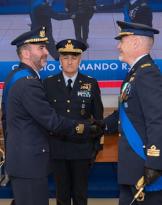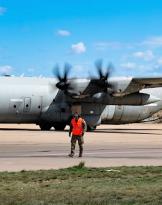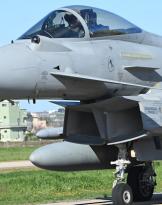The XXXV Antarctic Expedition ended in February 2020 at the Mario Zucchelli station in Baia Terra Nova. Officially started on 25 October with the first landing of a C-130J of the 46th Air Brigade of Pisa on the frozen pack of Antarctica, the mission ended after almost four months of activity.
Numerous research projects and infrastructure works carried out. The novelty of this XXXV expedition was the return, after twenty years, of the Air Force aircraft in support of the Italian research campaign 2019/2020. The crews, trained to operate in extreme climatic and environmental conditions, carried out the transport of passengers and materials according to the needs represented by ENEA, guaranteeing air connections between Christchurch airport, New Zealand, and Antarctica, both at the Italian "Mario Zucchelli" station in Baia Terra Nova, and at the American station in McMurdo.
The role of the team made up of a coordination officer and meteorological officers of the Air Force is decisive for the course of the mission. The climate forecasts have in fact contributed to an effective planning and safe carrying out of the various activities of the scientific personnel, such as air, naval and refueling operations, both at the Mario Zucchelli base and the Italian-French Concordia base.
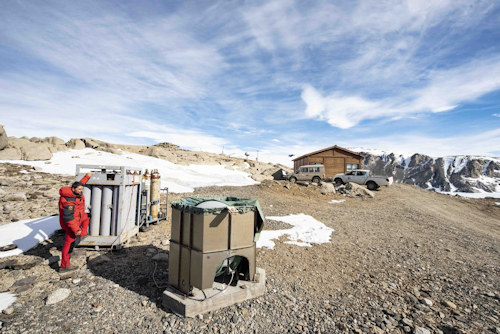 Through specialized personnel and vehicles from various engineering departments of the Armed Force, the Italian Air Force also contributed to the preparation of the runway (about 1700 meters) and the surface aviation on the ground at the Boulder Clay site, tested for landing and the departure of light aircraft. The runway, once completed, will allow the Italian station to be autonomous from the point of view of air transport, becoming a reference point for the other bases in the area.
Through specialized personnel and vehicles from various engineering departments of the Armed Force, the Italian Air Force also contributed to the preparation of the runway (about 1700 meters) and the surface aviation on the ground at the Boulder Clay site, tested for landing and the departure of light aircraft. The runway, once completed, will allow the Italian station to be autonomous from the point of view of air transport, becoming a reference point for the other bases in the area.
The activities of the 2019-2020 summer campaign of National Research Program in the Antarctic mission (PNRA), funded by the Ministry of Education, University and Research (MIUR) and by the Ministry of Defense, have been carried out for almost four months thanks to the scientific coordination of National Research Council (CNR) and logistics ofNational Agency for New Technologies, L 'Energy and Sustainable Economic Development (AENEAS).
The Armed Forces team that carried out activities in the base consisted of mountain guides, an operations room coordinator and specialized Army mechanics, Navy raiders and divers, Air Force weather forecasters and a diver of the Carabinieri for a total of 26 units that guaranteed support for logistical operations, research activities and sampling on the surface and at sea for the study by researchers.



